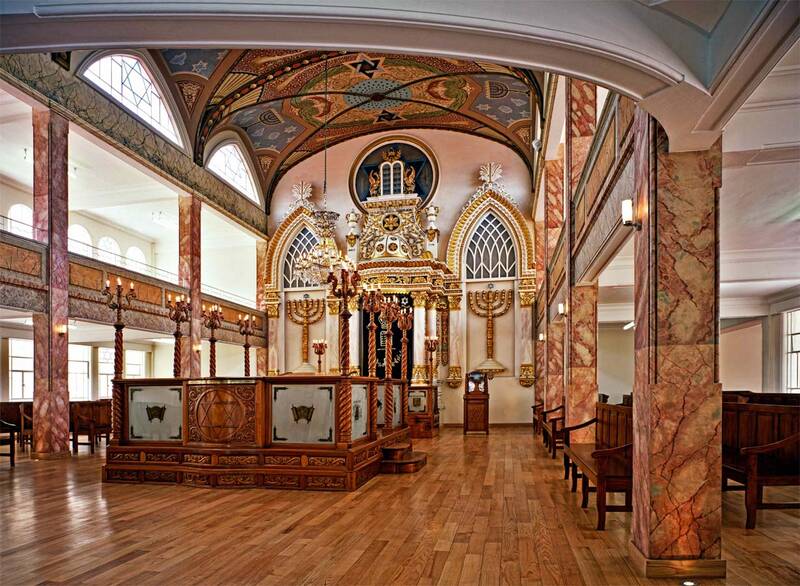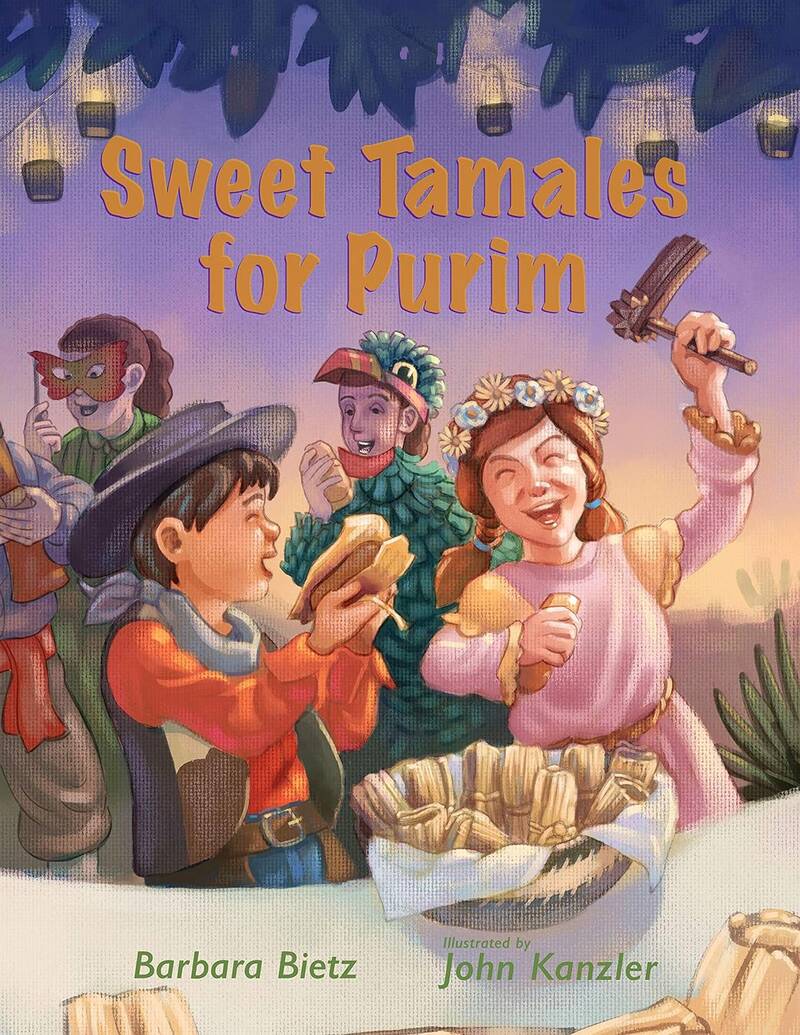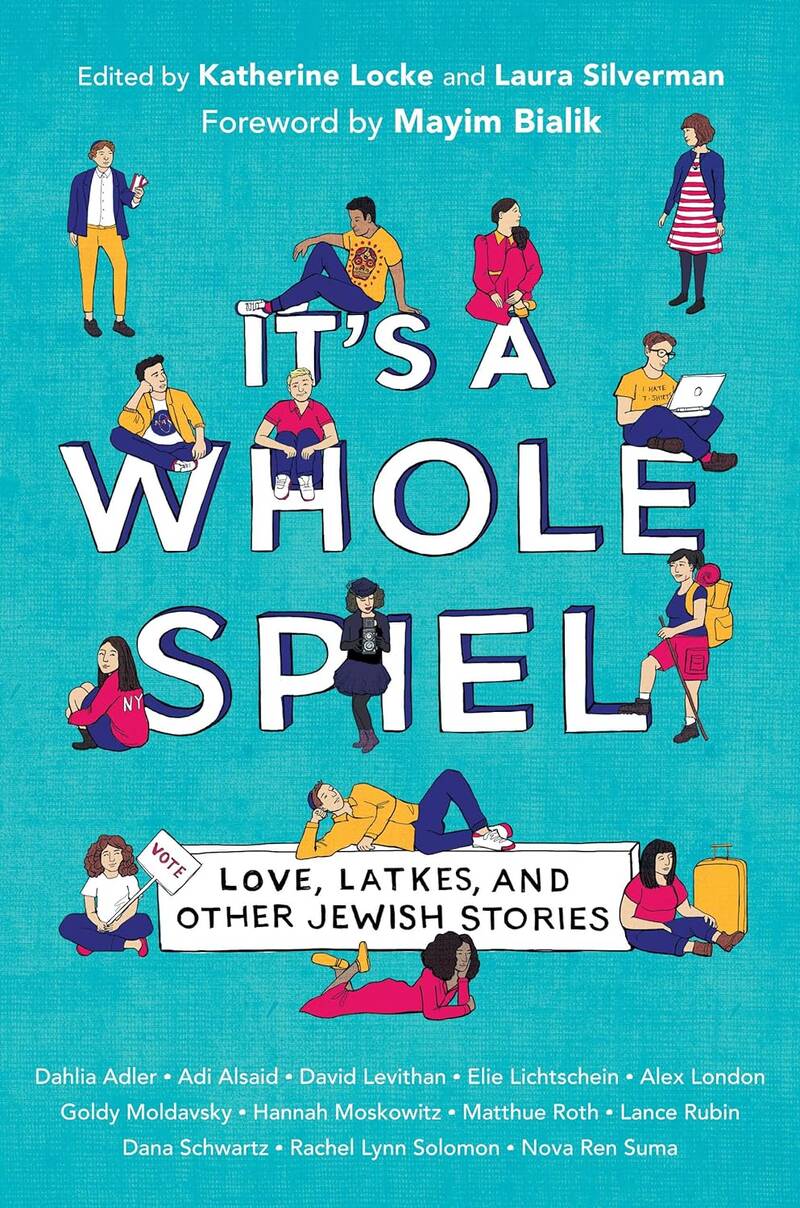LEAD RESEARCHER FOR MEXICO: PHYLLIS ROBBY
The history of Jews in Mexico began in 1519 with the arrival of the Marranos or Cryptic Jews, which refer to those Jews forcibly converted to Catholicism and therefore became subject to the Spanish Inquisition.
During the colonial period (1521-1821), a number of Jews migrated to Mexico, especially during the period of the Iberian Union (1589-1640), when Spain and Portugal were ruled by the same Monarch. This political circumstance allowed for freer movement by Portuguese crypto-Jewish merchants into Spanish America. But, in 1640, when the Portuguese regained their independence from Spain, Portuguese merchants in New Spain were prosecuted by the Mexican Inquisition until the Roman Catholic church in Mexico replaced Mexico with religious tolerance during the 19th century Liberal reform. When this occurred, Jews could openly immigrate to Mexico. Jews came from Europe and later from the Ottoman Empire, including Syria, until the first half of the 20th century.
Today, most Jews in Mexico are descendants of the 19th century migration and are principally Yiddish-speaking Ashkenazim and Judeo-Spanish-speaking Sephardim. It is, in many locations, an insular community with its own religious and cultural institutions, mostly in Guadalajara and Mexico City. However, since the 1880’s there have been efforts to identify descendants of the colonial era Conversos both in Mexico and Southern United States, generally to return them to Judaism.
Jewish Communities in Mexico
Jewish estimates are 90,000 to 100,00 or about 75% of whom are in Mexico City. One main source for statistics is the Comite Central Israelita in Mexico City, but its contact is limited to Orthodox and Conservative congregations with no contact with Jews affiliated with the Reform movement or those who consider themselves secular. The Mexican government census lists religion but its categories are confusing. It is estimated that Jews represent 1% of the Mexican population, but Mexico is one of a few countries whose population is expected to grow.
Jews in Mexico are less united than those in the United States and Canada. Among those descended from immigrants, social divisions remain, based on place on place of origin. Those from Aleppo, Damascus and the Balkans and Eastern Europe have their own synagogues. However, the main split is between the Ashkenazim from Russia, Poland Germany, as well as other parts of Europe, especially Italy and what formerly known as the Ottoman Empire.
Despite ethnic identification, all identify as Mexican, seeing the two as complementary. Literature written by Jewish Mexican authors tend to explore the question what it means to be a Jew in their region. Author Rosa Nissan is an example of this, writing a number of books related to growing up Jewish in Mexico.
Jewish Settlements in Mexico City
In Greater Mexico City, notable communities exist. Of the 16 Jewish schools, about a dozen are in Mexico City, which also has 2 synagogues. In the 1940’s, many Jewish residents moved to the suburbs of Roma and Condesa, where Yiddish was the unofficial language of the local park area.
Today, there is a Jewish museum, archives, a synagogue, and kosher deli at Acapulco Street #70, several orthodox synagogues inside homes on Amsterdam Avenue and another synagogue at the corner of Montes de Oca and Parral streets. Further current movement has occurred west to Polanco, Lomas de Chapultepec, Interlomas, Bosques de las Interlomas and Tecamachalco where the majority are based.
A Glimpse Into Today
Jewish organizations reach every corner of the community’s life, providing independent health services, welfare organizations and social groups. Intermarriage rates are among the lowest in the world. 94% of Mexican Jews marry other Jews. Approximately 95% of Mexican Jews are affiliated with the Jewish community, and about 95% of children attend one of the community’s sixteen Jewish schools.
Rates of anti-Semitism remain low. In June 2003, then President Vicente Fox passed a law that forbids discrimination, including anti-Semitism, adding a greater level of security for Mexico’s 40,000+ Jews. Then, as now, Mexico continues to embrace its small but vibrant Jewish population.
References: History of Jews in Mexico, en.wikipedia.org and Surprising Facts about the Jews of Mexico b Dr. Yvette Alt Miller, https://aish.com/surprising-facts-about-the-jews-of-mexico/
_________________________________________________________________
_________________________________________________________________
SCROLL DOWN FOR RESOURCES & ADDITIONAL INFORMATION:
• Preschool Age Literature
• Elementary Age Literature
• Adult Literature
• Music
• Cooking
• Films/Presentations
• Synagogues & Museums
• Additional Information
SYNAGOGUES & MUSEUMS
• Tuvie Maizel Museum of Jewish History and the Holocaust in Mexico City
• The Caborca Jews in Spain and Mexico – National Historic Cultural Center

LITERATURE
Preschool Age Literature
• Mexico
by Cynthia Harmony
by Cynthia Harmony
• Living in Mexico
by Tom Wooley
by Tom Wooley
• Lily Huckkelberry in Mexico
by Jacquie Knapp
by Jacquie Knapp
• Sweet Tamales for Purim
by Barbara Bietz
by Barbara Bietz
• Good Night Mexico
by Adam Gamble
by Adam Gamble
• Spanish is My Super Power by Jennifer Jones
• Señorita Mariposa
by Ben Gundersheimer
by Ben Gundersheimer
Elementary Age Literature
• The Hungry Wolf
by Lari Don
• Chunky
by Yehudi Mercado (Jewish Book Council)
• It’s a Whole Spiel: Love, Latkes and other Jewish Stories
by Laura Silverman and Katherine Locke
• The Hungry Wolf
by Lari Don
• Chunky
by Yehudi Mercado (Jewish Book Council)
• It’s a Whole Spiel: Love, Latkes and other Jewish Stories
by Laura Silverman and Katherine Locke
Adult Literature
• Like a Bride and Like a Mother
by Rosa Nissan
by Rosa Nissan
• The Family Tree
by Mary Glantz
by Mary Glantz
• Migrations: Poems, 1976-2020
by Gloria Gervitz
by Gloria Gervitz
• Yiddish South of The Border: An Anthology of Latin American Yiddish Writing
Jewish Latin American Series edited by Alan Astro
Jewish Latin American Series edited by Alan Astro
• The Mexico File
by Chaim Greenbaum
by Chaim Greenbaum
• Oy Caramba!: An Anthology of Jewish Stories from Latin America
by Ilan Starens
by Ilan Starens
• Living in Silverado: Seret Jews in the Silver Mining Towns of Colonial Mexico
by David M. Gitlitz
by David M. Gitlitz



MUSIC

COOKING
Jewish-Mexican Cuisine
A few of Mexico’s best known dishes have Jewish origins. Bunuelos, a winter holiday dish of golden, deep fried balls of cheese infused dough, originated as a Sephardi Chanukah dish. The oil used to fry bunuelos was originally meant to invoke the miracle of the oil.
Some believe that the springtime Mexican dish of Capirotada, which is a rich bread pudding infused with sweet cheese with syrup, also originated with Mexican Jews, as a way of disguising their consumption of unleavened bread during Passover.
Pan de Semita, a sesame seed roll of Mexico’s Puebla region, where the Battle of Puebla happened on the Cinco de Mayo, has been linked to secret Jews who possiblya ate it as an unleavened alternative to regular bread during Passover.
Another iconic Mexican regional dish, roast sucking goat, a popular dish around the area Monterey was likely Jewish in origin. It was an alternative to eating pork, which is a popular meat in Mexico.
Mexican Jewish cooks have adapted to other traditional dishes, adding chilies to gefilte fish, quesadillas, flautas chalupas, sopes, chalupas, frejoles and so much more. Street food can be kosher, ensuring that Mexica Jews maintain their religious based dietary requirements.
Resources:
• Jewish-Mexican Chef Pati Jinich
• Guacamole with Gribenes: How Chef Pati Jinich fuses Mexican and Jewish Food – An interview by Shannon Sarna in The Nosher, July 18, 2017
• Jewish Parallels/Mexican Food – Flavors of Diaspora, January 7, 2018
• Kosher Mexican Food for Cinco de Mayo – article from Jewish Journal
Cooking with the Kids
In Mexico, albondigas is a well known dish that highlights meatballs. Meatballs originated as a Berber or Arab dish imported to Spain during the period of Muslim rule. From Spain to Hispanic America it is served as an appetizer, often with tomato sauce. Mexican albondigas are commonly served in a soup with a light broth and vegetables or with a mild chipotle sauce.
Albondigas looks very similar to what are sometimes referred to Jewish soup dumplings and more commonly known to Jews as Matzah Ball soup. A contemporary recipe can be seen on YouTube as Shiro Matzah Ball Soup by Eitan Bernath:
Another familiar Mexican dish that is a Jewish crossover are empanadas. In Mexican cuisine, the pastry turnovers fall into 2 categories: sweet or savory. Sweet empanadas made with pastry dough come in several shape, from traditional half-moons to triangles. It can be baked or fried. Although Mexican tradition fills the empanada with ground beef, for a Jewish meal brisket is usually the filling of choice.

FILMS/PRESENTATIONS
• A Long Journey: The Hidden Jews of the Southwest – PBS
(see video player to the right)
(see video player to the right)
• My Mexican Shiva
A 2007 film comedy directed by Alejandro Springall. This is a charming dysfunctional family drama. It comically unravels via shiva services to account for the life of the life of a Mexican-American writer who played a vital role in making Mexican art and culture accessible to American audiences.
A 2007 film comedy directed by Alejandro Springall. This is a charming dysfunctional family drama. It comically unravels via shiva services to account for the life of the life of a Mexican-American writer who played a vital role in making Mexican art and culture accessible to American audiences.
ADDITIONAL INFORMATION
Community Resources In Orange County (resources may include non-Jewish focused organizations)
Bonus Connections:
If you are searching for your family history The Center for Jewish History can be contacted at https://www.cjh.org
Wed, May 8 2024 30 Nisan 5784

